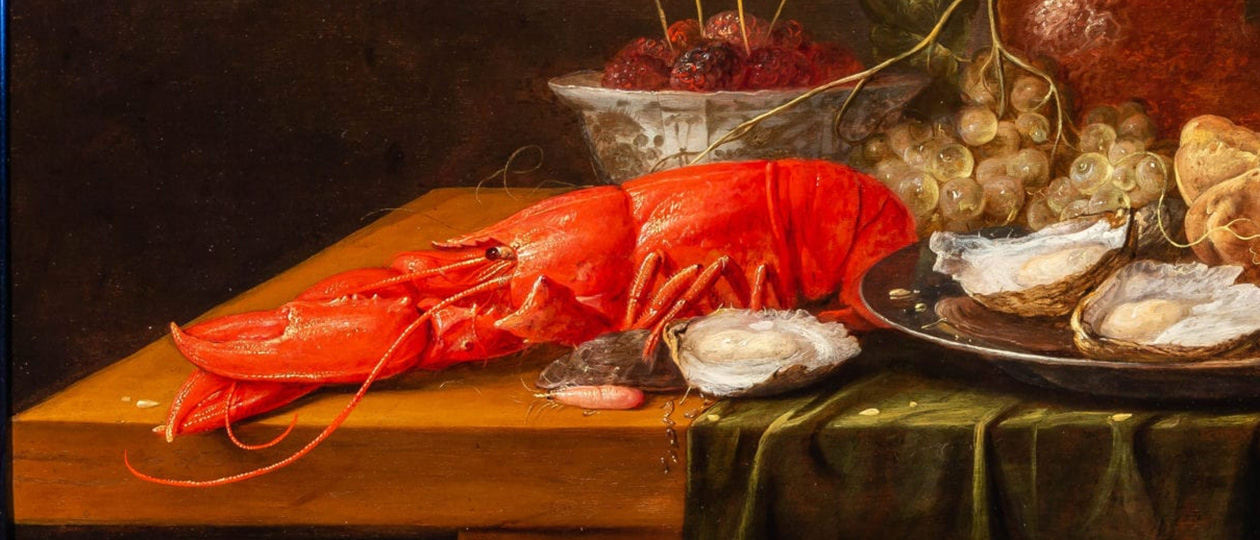
According to research by France Bellisle for the European Food Information Council:
“Cultural influences lead to changes in the habits of eating certain foods and in cooking traditions, and in some cases may even lead to restrictions such as eliminating meat and dairy from the diet. Cultural influences are, however, changeable: when moving to a new country, people often adopt certain food habits of the local culture.
Social influence on food consumption refers to the influence that one or more people have on the eating behaviour of others, either directly (by buying food), indirectly (by copying the behaviour of peers), consciously (by changing beliefs) or subconsciously. Even when eating alone, food choices are influenced by social factors, because attitudes and habits are developed through interactions with others.
However, quantifying social influences on food consumption is very difficult because the influence people have on the eating behavior of others is not limited to one type, and people are not necessarily aware of the social influences they have on their own eating behavior.”
This happened, for example, with Pabst Blue Ribbon, which abandoned its “working class” Midwestern beer and moved on to producing one of the most popular drinks in Brooklyn, which is drunk by “white collar workers.”
The same can be said about Marlboro, which changed its image and, instead of selling poorly selling cigarettes for women (called “Mild as May”), decided to rename them and target advertising at men. We can also recall Nintendo, founded in 1889, until the mid-1950s (20th century) sold traditional Japanese cards, and then, after various fruitless attempts, began selling game consoles that changed our entire life and the lives of future generations.
In the first two cases, nothing in the product itself has changed, in the third, the concept of the game has changed. The meaning, however, is the same. Today, lobster seems very tasty to us, but this may just be a figment of our imagination, because it is expensive and other people, our friends and relatives, really want to try it.
When the colonists first moored on the shores of New England, they faced a very “difficult” problem: an overabundance of shellfish. A terrible overabundance. Every day they were washed up on the shore and lay in half-meter-high piles.
William Wood, an English historian of the 17th century, wrote: “Their abundance makes lobsters of little appeal, and they are seldom eaten, [except by the Indians, who] take many every day to put on hooks for fishing, and to eat when fishing is unsuccessful.”
Lobsters quickly acquired a bad reputation – after all, they ate everything from the bottom. Plus, there were so many of them that people got tired of eating them. In any case, those who were richer and could afford something “better” did not respect them. So they fed them to cattle, to beggars in flophouses, and to criminals and servants.
According to the 19th-century Kentucky political scientist and sociologist John Rowan, lobster meat quickly became synonymous with poverty and “spoke volumes about the household in which it was eaten.” It was seen as “a sign of poverty and degradation.”
The idea became so ingrained in the public consciousness that servants in one Massachusetts town sued their owners and won. They complained that they were being fed lobster too often and asked the court to limit this “outrage” that was degrading to their human dignity, and to require their owners to feed them lobster no more than three times a week.
Some other states even had laws against feeding prisoners lobster more than a few times a week, as it was considered cruel and unusual punishment. At that time, they did not see the difference between lobsters and rats. “The husks of lobsters, scattered about the house, are looked upon as a sign of poverty and degradation,” wrote John J. Rowan in 1876.
The lobster’s appearance also reminded Americans of an insect, which disgusted most. The name “lobster” itself comes from the Old English loppe, meaning spider. People did eat lobsters, of course, but they hid it.
For example, even in the 1940s, Americans in Boston could buy lobster meat in cans for quite a bit of money. Indeed, since the 19th century, Boston beans have sold for 53 cents a pound, and canned lobster for only 11 cents. It was usually fed to cats. Little had changed until the mid-20th century.
The state of Maine was littered with discarded lobster cans. However, impoverished fathers of families in the state of Maine, under cover of darkness, quietly made their way to the ocean in the dark, so that neighbors would not notice. So they crept to their traps, took lobsters from them, trying to somehow feed their families.
This is how the poorest fed and survived. Coming to school with lobster sandwiches was a terrible shame.
In the 1940s, due to the beginning of World War II, the railroads began to be used much more than in previous years. And then some entrepreneurs had an idea: advertise lobster to those visiting Boston as something exotic and unavailable in other places. Cheap and cheerful. The manipulated passengers were intrigued. Lobster suddenly seemed delicious to them. They began to specially order it from Boston. It became a popular food.
By the 1880s, chefs discovered that lobster tasted much better and looked much more appetizing when cooked alive, rather than boiled dead, as it had been before. Initially, lobster meat could be found in the salad section of restaurants, along with pickles and cottage cheese.
Gradually, Americans got used to the taste and loved lobster. Fishermen also noticed that demand was increasing. Prices went up. They first peaked in the 1920s, when the exchange rate was about the same as today. But with the Great Depression, the number of buyers dropped sharply.
Since few people could afford to order lobster in restaurants, it was canned again. Jones writes: “In 1944, American soldiers were sitting in the trenches in France and eating lobster.”
During World War II, they were not rationed like other foods, and many people tried lobster meat. Incidentally, lobsters were huge at the time. Processing plants thought that 3-kilogram lobsters were too small.
However, according to the Maine Department of Marine Resources, “canneries were so efficient at processing that they soon had to work with smaller lobsters.” In simple terms, there were no big ones left. And so by the 1950s, lobster had become a delicacy. Today, their meat is offered to anyone who visits New York or Boston.





